It’s a time tested saying – small and medium-sized businesses (SMEs) constitute the backbone of any economy. Around 90% of businesses worldwide are small or medium sized. Despite their size they contribute up to 70% of employment and GDP in many regions. As ever, businesses of this size face challenges, such as resource constraints, talent acquisition, and adapting to rapid digital transformation.
Let’s look back at some numbers – during 2023, many SMEss started using cloud technologies and automation to optimize resources. This gave them a leg up in increasingly digital markets. It would seem however, that this alone was not quite enough since over 67% of SMEs still fight to survive. The leading reasons for this are tight margins, complex regulatory environments, and scaling difficulties.

Photo by Tim Mossholder on Unsplash
The numbers tell a clear story, successful optimization of resources is the key to the survival of SMEs. Now that we’ve said this, it seems that the easy part is done, but now, how do SMEs actually optimize their resources.
Strategies for Optimizing SME Resources
For SMEs, resource optimization is a many faceted boon. It’s not just about cost savings (though this is a big part); it’s a strategic approach that enables growth, innovation, and long-term sustainability.
Below we’ll explore how SMEs can harness funding, digital transformation, and financial strategies in order to help efficiency and drive expansion.
Funding Schemes and Subsidies for SMEs
This can’t really come as a surprise but it bears mentioning – access to funding is a critical challenge for SMEs. Various governments and international organizations have developed schemes to address this. For example, in Malaysia’s 2023 budget, the government introduced tax reductions, automation support, and grants to assist SMEs post-pandemic.
Initiatives like the SemarakNiaga program have allocated RM45 billion to SMEs, providing microloans, direct financing, and additional working capital to help small businesses scale
In the European Union, the Horizon Europe program offers research and innovation funding, while the Connecting Europe Facility (CEF) provides financial support for SMEs involved in energy, transport, and digital networks.
For U.S. businesses, the Small Business Credit Initiative (SSBCI) offers $27 million to support SMEs through legal and financial advisory services, which is part of the broader “Investing in America” agenda.
SMEs looking to expand should explore local and international funding opportunities tailored to their sector, whether it’s through digital innovation, green technologies, or international trade support.
Digital Transformation for Growth
Digital transformation has become an absolute must for SMEs who want to be competitive in the market – but even that is old news by now. Incorporating digital tools seems to do wonders for small and medium businesses – from streamlining operations to opening new market opportunities. Programs such as the Enterprise Financing Scheme (EFS) in Singapore enable businesses to secure working capital and trade loans for digital initiatives.
With resource optimization in mind, SMEs should focus on automating repetitive tasks. That would entail stuff like payroll, inventory management, and customer service. Zoho, HubSpot, and Slack are all helpful platforms in terms of reduction of costs associated with manual processes and productivity enhancement.
Insights into customer behaviors are now being handed over to AI, which can help businesses tailor their marketing strategies and optimize their supply chains.
SMEs that embrace digital transformation also end up being more resilient, and able to adapt quickly to changing market conditions..
Talent Acquisition and Retention
Finding and retaining skilled talent is a challenge and a half for just about any industry, and it’s the same way for many SMEs. A big obstacle SMEs are rarely able to do anything about is that fact larger firms tend to offer more competitive salaries and benefits.
However, SMEs have a card to play as well – flexible work arrangements and work from have become the heartthrobs of employees post-pandemic. Remote and hybrid work models are becoming more popular and the boons are many – saving money on office space and taping into a broader talent pool.
Government programs in various countries offer incentives for SMEs to invest in training and upskilling their workforce. For example, the European Social Fund Plus (ESF+) supports training initiatives to help SMEs improve employee skills, which in turn boosts competitiveness. SMEs should also consider cross-training employees to handle multiple roles, enhancing operational flexibility without increasing headcount.
Financial Planning and Cash Flow Management
Financial management is a necessary step in optimizing resources and ensuring growth – in short- that’s how SMEs stay afloat. A positive cash flow is mandatory, yet many struggle with liquidity. The reasons vary greatly, some are due to delayed payments or unexpected expenses others due to seasonal downturns of inflation. Tools like cash flow forecasting software can help SMEs predict shortfalls and plan accordingly.
Government programs can also ease financial pressure. For instance, in Singapore, the Enterprise Development Grant (EDG) offers financial support to SMEs aiming to strengthen their core capabilities or enter new markets.
Though we will talk about sustainability later, for now we can consider grants focused on sustainability. Some grants can cover up to 70% of project costs for green initiatives. This you can invest in more sustainable and cost-effective operations without straining your, presumably, precarious budget.
Another option is a zero-based budgeting approach (each expense must be justified for a new period). That approach can prevent unnecessary spending and ensure that every dollar is contributing to business growth.
Sustainability as a Resource Optimization Strategy
You might think sustainability is just a big word corporations throw around to be (or appear to be) responsible but you would be wrong. Sustainability can indeed be a resource optimization strategy for SMEs as well. Sustainable practices can get SMEs many benefits under their belt – cost savings, help brand reputation, and open ways to new markets.
SMEs are also able to reduce their energy costs by investing in energy-efficient technologies or implementing waste-reduction initiatives. There’s another angle to this – consumers are seeking out businesses with strong environmental credentials more and more. This basically means that SMEs that adopt sustainable practices can attract a more loyal customer base.
If they follow sustainability goals, SMEs can not only reduce their carbon footprint but also unlock new growth opportunities.
Endnote
SMEs that optimize their resources not only secure growth but also build resilience against market fluctuations. By exploring new funding avenues like public-private partnerships and tapping into sustainable innovations, SMEs can unlock additional pathways for long-term success.
Keeping a pulse on emerging technologies such as blockchain or green supply chain solutions can further enhance their competitive edge.



